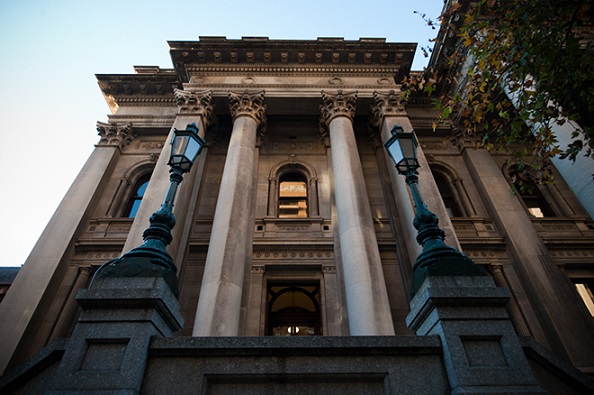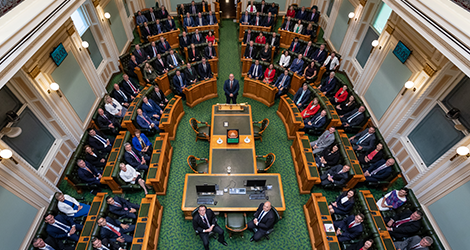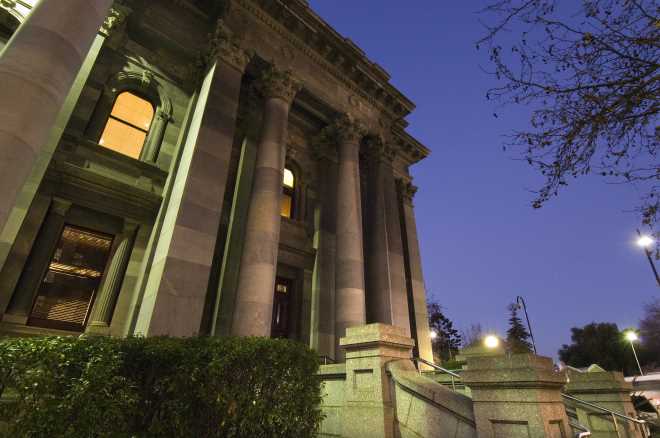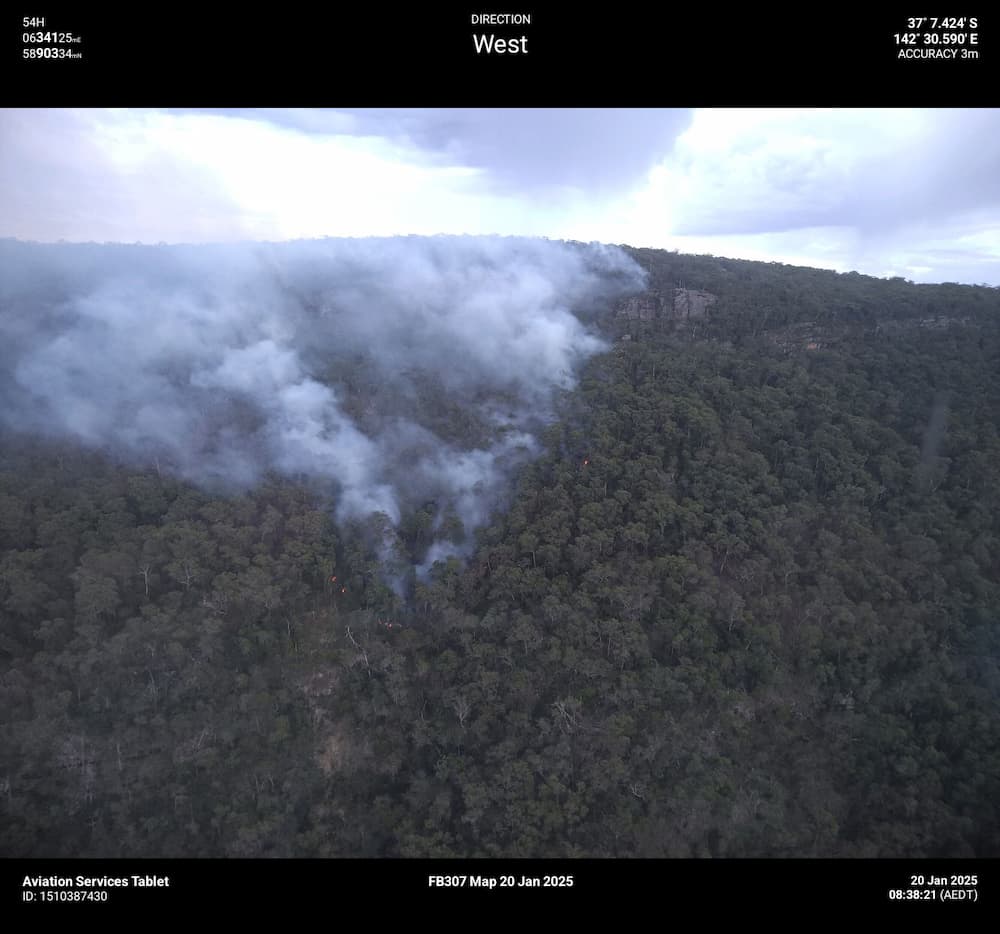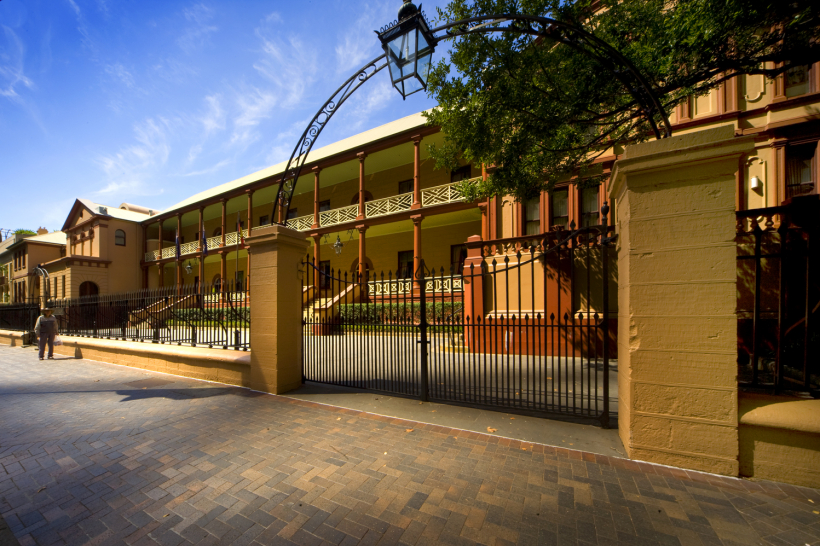The on Dec. 8, 2024 marked a historic moment in the Middle East. It still remains to be fully understood how the rebel coalition – a diverse assembly of political and ideological groups backed by regional powers – swiftly overpowered government forces.
Author
- Hassan Wafai
Associate Professor, Faculty of Management, Royal Roads University
What is clear, however, is that a major factor in the regime’s downfall has been the persistent social and economic .
This deterioration was not only caused by the humanitarian crisis that and destroyed the country’s infrastructure, but also by the weaponization of regional and global supply chains .
Since 2011, multiple waves of sanctions have been imposed on Syria, aimed at draining government funds and . The measures resulted in and severe economic deterioration.
Whether Syria – a country of strategic global importance – is on a path to lasting peace or another prolonged period of instability remains to be seen.
The roots of unrest
When – later known as – began in 2011, Syria was on a relatively healthy economic trajectory. and the middle class formed about 60 per cent of the population.
However, economic developments were largely concentrated in urban centres, while rural areas – home to most Syrians – lacked social and economic infrastructure.
While small and medium-sized enterprises were growing, government elites controlled the most lucrative business activities in Syria. across public institutions.
This disparity fuelled resentment and the rural population later became a driving force behind the early stages of the Syrian Revolution. The revolution ultimately ignited a chain of events that . Thousands have been killed on both sides, or disappeared, and countless others fled to neighbouring countries or sought refuge in Europe.
As the war dragged on, the situation grew increasingly dire. In 2024, the as “one of the world’s most complex emergencies.” Hundreds of thousands of Syrians risked their lives seeking refuge in countries worldwide.
Syria’s economic collapse
Since 2011, Syria’s , its currency has lost .
The deteriorating economic and social conditions in Syria, exacerbated by increasingly stringent sanctions, have completely disconnected Syrian companies from regional and global supply chains. Most , with only a few managing to relocate to neighbouring countries.
Businesses that managed to survive – businesses that are no longer economically viable, but that are being sustained through other means, like government subsidies.
Illegal economic activities flourished, and corruption became deeply entrenched within public organizations.
Rebel coalition rule
In the wake of the Syrian government’s collapse, analysts – though optimistic – .
The new ruling entity in Damascus is Hayat Tahrir al-Sham (HTS), a former branch of al-Qaida and the foremost force in the rebel coalition. HTS previously competently governed Idlib, a city in northwestern Syria, relying on foreign aid via Turkey to deliver basic services to citizens.
Critics argued the HTS government in Idlib was . On Dec. 9, HTS asked the Idlib government – which is exclusively made up of HTS loyalists – to govern Syria until March 2025. The group has not disclosed its plans beyond that date.
Managing the rural, conservative region of Idlib is far different from managing a complex country like Syria. Nevertheless, despite growing concerns about HTS’s one-party interim government, the group is likely to capitalize on the public’s relief at the downfall of Assad’s regime and the end of 13 years of civil war to establish short-term political stability.
Other opposition groups, many with violent histories, , seeking to negotiate their role in the new political settlement. However, early indicators suggest HTS, while adopting , continues to adhere to an authoritarian and totalitarian style of governance.
Challenges ahead
HTS’s key backers, , will likely provide financial aid and funds to boost public opinion in the short term. However, long-term political stability in Syria hinges on sustained public support, which is deeply tied to the country’s economic situation. The new rulers in Damascus face the daunting job of reviving the economy.
A key prerequisite for reviving the Syrian economy is the de-weaponization of regional and global supply chains, which involves more than removing the imposed economic sanctions on Syria. It requires revitalizing small and medium-sized enterprises and rebuilding public organizations capable of supporting domestic supply networks compatible with regional and global supply chains.
This is easier said than done; small and medium-sized enterprises and the middle class have been decimated over 13 years of civil war. Public and private organizations in Syria have already undergone the zombification processes, becoming heavily reliant on aid to survive.
Zombie firms typically exhibit . As such, it’s likely that local organizations lack the current capacity to participate and/or upgrade in regional and global value chains. Rebuilding these capabilities will require establishing .
Early indicators suggest that HTS will favour its loyalists to dominate economic and social activities. Such an approach risks recreating an Islamic version of Assad’s economic governance, long characterized by a state-directed economy, capital controls and cronyism. Key , and international players have already expressed concerns about engaging with the Syrian economy under the new Islamic regime in Syria.
Throughout the past 13 years, the Assad regime emphasized a winner-takes-all approach – a stance that HTS appears now to adopt. To revive the Syrian economy and de-weaponize supply chains, HTS has no choice but to abandon such a mindset. Otherwise, the new ruler in Damascus will soon face the same challenges that led to the previous regime’s collapse.
![]()

